As I was driving home through Southeast Georgia recently, I found myself reflecting on all of the wonderful stories we are and have been able to share. I never cease to be amazed at the wonderful and resilient people I’ve had the pleasure of meeting through my work with Southern Soil.
I also find myself a bit in awe at the vast amount and variety of foods that are available right here from local sources. And by “here”, I don’t just mean in the state of Georgia, I mean right here in our little corner of the state.
We have farmers who are raising pastured chickens, hogs, goats, sheep, turkeys, and cows. We also farm the sea, producing clams and oysters commercially right along our coastline. Fishermen in our coastal waterways and the Atlantic can bring in shrimp, crab, octopus, and a wide array of fish.
We can fish our freshwater lakes and rivers and hunt our forests, wetlands and marshes for wild game like deer, quail, duck, and rabbit. We can forage for mushrooms, wild herbs and greens. Our native shrubs and trees like elderberries, tupelos, persimmons, scuppernongs, blackberries, blueberries, and beautyberries produce fruits that we can enjoy.
Native to this area, blueberries and scuppernongs flourish and are farmed commercially throughout Southeast Georgia. We are even home to numerous vineyards and wineries.
Fruits like strawberries, watermelon, and pomegranate thrive in our warm climate, but we still manage to grow peaches and even apples here with moderate success. Newer crops like citrus and olives are also being grown here successfully. And, let’s not forget the old standbys like pecans and peanuts.
I’m not even going to attempt to list the vegetables that can be grown here in our long growing season and our short window of colder weather, but I myself have successfully grown everything from tomatoes and okra to broccoli, cabbage, potatoes, peppers, and more.
Southeast Georgia is truly a remarkable cornucopia of good food!
Even with all that bounty, there are still significant barriers for our local food systems to overcome. We have vast food deserts throughout rural Georgia, places that are surrounded by farmland but without access to fresh food. With so much of Georgia’s prime agricultural real estate being eaten up by conventional farms growing commodity crops like cotton, soy, tobacco, and corn; it can be difficult to find fresh produce grown locally.
We are also a state currently committed to conventional and factory farming. We unfortunately excel at the monocrop culture. And, as the number ONE chicken producer in the country, you can bet that we are sadly adept at factory-farmed poultry.
Here in Southeast Georgia, low income and poverty are real barriers that prevent large segments of our population from being able to afford healthier, locally produced options - assuming that those options even exist within the community. Sustainability is only possible when the farmer can make enough money to stay in business and consumers can afford to buy the products.
Yes. We have challenges that must be overcome if we are to truly grow our local food movement. But we are blessed beyond measure with abundance and opportunity here in our little corner of the planet. And, if anyone can show the world how to produce safe, healthy, humane food for the rich and the poor alike; I really believe that Georgians are the people to do it.
Check out our directory page to find some of our best local food sources: http://www.southernsoil.org/directory

